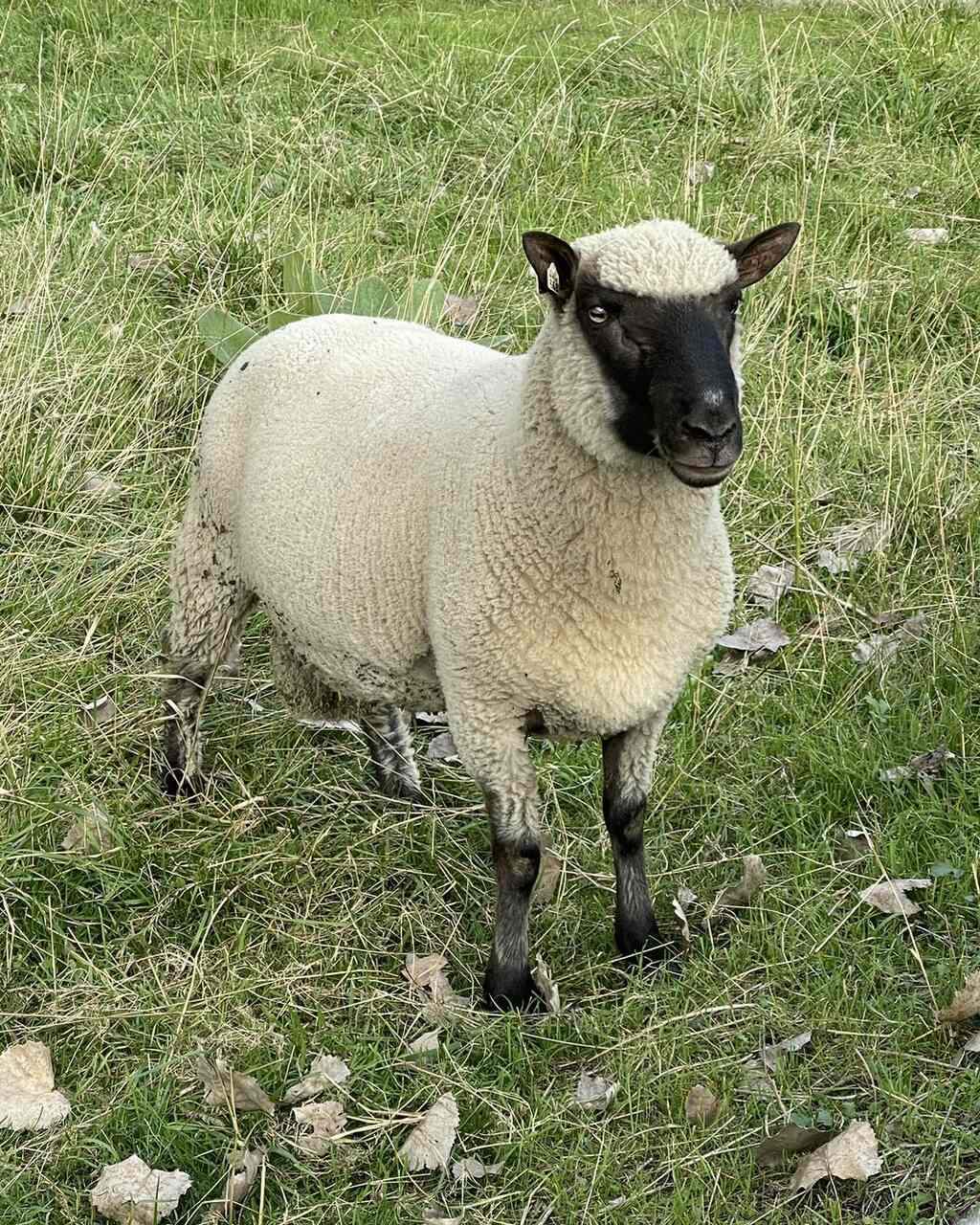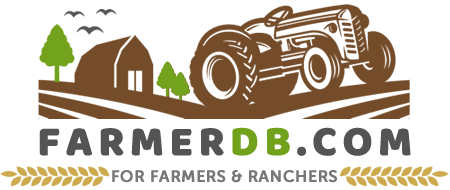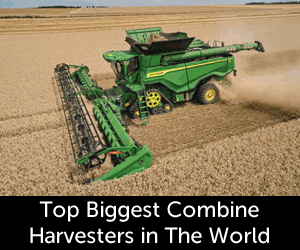The Clun Forest sheep is a domestic breed that serves multiple purposes. It is raised for meat, wool, and milk.
The breed takes its name from the old town of Clun and the surrounding forests in the southwest corner of Shropshire, England. It developed in the 19th century from local sheep selected for their hardiness and efficiency. Over time, it spread to other parts of the United Kingdom and later to North America and other countries.
These sheep are raised in the UK, the United States, and Canada. While they are not as common as some other British breeds, they are appreciated by farmers for their adaptability.

This sheep breed is classified as ‘Threatened,’ indicating a decline in population and the need for conservation efforts.
Although the sheep population has declined in Britain in recent years, the breed has gained popularity in North America and the Netherlands. Interest has also been growing in the Czech Republic due to imports from France, the Netherlands, and England.
Contents
Genetic Expansion in North America
Most of the genetically diverse Clun Forest sheep in the U.S. have originated from imported AI (artifical insemination) semen over the past two decades.
In the 1980s, the last live sheep were imported into North America by Angus Rouse, effectively closing the gene pool.
Without new bloodlines and with the decline of larger flocks, genetic diversity began to decrease.
During the mid-1990s, Elite Genetics imported semen from two UK rams, Saltersford’s Derek and Pen-Y-Wern’s Beater, introducing the first new genetics in 15 years. However, only a few breeders had access to this semen, resulting in minimal impact on the overall population.
To strengthen genetic diversity, NAFCA breeders took a more structured approach in the early 2000s.
In 2004, with support from Dutch breeders, they imported semen from four Netherlands rams (TBV 071, SAN 125, OWE 227, and FAF 025), selected for their pedigree, birth type, productivity, and show performance.
Between 2003 and 2004, Alan Zuschlag of Touchstone Farm, in collaboration with Tom Francis of the Guifron flock, secured semen from three elite UK rams (00-176, 00-96, and 98-61), recognized for their conformation and top bloodlines.
In 2006, Zuschlag and Mike Eckley imported Cerney’s 207, the top ram from that year’s UK Clun Forest sale, further enhancing breed quality in North America.
Thanks to these efforts, 10 high-quality rams have been introduced into North America, ensuring a stronger and more diverse gene pool for the future of the breed.
Characteristics
Color
This sheep breed has a white fleece with a dark brown face and legs.

Head, Face, Ears
The head is narrow and clean, with a dark brown face that has no speckles. The top of the head is covered with white wool.
The face is open and free from wool, except for a small woolly top knot on the forehead. The ears are upright, not too long or broad, and are set high on the head.
Teeth
The teeth are well-aligned, upright, and fit properly on the pad, staying within its boundary.
Skin
The skin is pink or red and is free from black or blue spots. The absence of dark spots is an important feature in the breed standard and helps maintain its distinctive appearance.
Horns
This breed does not have horns.
Body
The body is strong and well-built. It has a muscular neck and a long, broad back, which give it a powerful appearance. The rib is deep, and the loin is strong, providing good structure.
Legs
The legs are sturdy, and the sheep stands squarely, showing good balance. The hock is strong, and the thighs are deep and well-rounded.
Testicles, Udder, Teats
The testicles are firm and slightly springy, like a flexed muscle, and move easily within the scrotum. They have equal size, about as large as a medium to large baking potato.
The udder has two teats and is free of lumps or hard areas.
Fleece
The fleece is medium in length, thick, and uniform, covering most of the body except for the face and legs.
Size
This breed has a medium body frame.
Lifespan
Clun Forest sheep have a lifespan of around 10 to 12 years, though some can live longer with good care.
Growth Rate
How fast do they grow?
These sheep grow quickly, with lambs reaching a good market weight at 7 to 8 months old. This efficient growth rate makes them well-suited for meat production.
Weight
Ewes weigh between 130-160 lbs (59-73 kg), while rams weigh between 175-200 lbs (79-91 kg).
They are slightly lighter in weight than other medium-sized sheep, such as Icelandic or Southdown.
Slaughtered Time
Some say that lambs are ready for slaughter at around 3 to 4 months. Pure Clun finished lamb has a carcass weight of 35-44 lbs (16-20 kg) at 12-17 weeks.
It is also beneficial to wait until 7 to 8 months, when they reach an average of 88 to 99 lbs (40-45 kg), as this increases the meat yield. In the end, the ideal slaughter time depends on the desired final result.
Temperament
In terms of temperament, they are moderately docile, neither overly aggressive nor as gentle as some other breeds.
They are alert and independent but remain calm and manageable with proper handling.
These sheep are great grazers, thriving on pasture alone. Ewes are also good mothers, displaying strong maternal instincts and great lamb-rearing abilities.
Meat
These sheep produce meat that is lean, tender, and flavorful.
The meat has a good balance of muscle and fat, keeping it juicy without being overly greasy.
It has a dark color and a rich taste, making it popular among consumers. Because these sheep grow well on grass alone, their meat is often considered natural and healthy.
Milk
With a well-balanced fat-to-protein ratio, their milk is well-suited for cheese production.
Ewes are highly milky, yielding about 1 quart (0.95 liters) of milk per day with 6-9% butterfat over a 135-150 day lactation period.
Although not primarily a dairy breed, they produce enough milk to support strong, healthy lambs.
Wool
Their wool is short to medium in length, with a staple length ranging from 2.5 to 5 inches (6.5 to 12.5 cm), generally around 3 to 4 inches (7.5 to 10 cm).
The average fleece weight is between 4.5 to 9 pounds (2 to 4 kg), with most falling between 4.5 to 6.5 pounds (2 to 3 kg).
The fiber diameter is 25 to 28 microns, though some sources report 28 to 33 microns, possibly due to environmental or breeding differences.
The wool has a Bradford count of 56 to 58, indicating a fine yet durable texture.
It is free from black or kempy fibers, making it clean and uniform from neck to breech. The fleece has a high degree of elasticity and a matte surface, which gives it a natural bounce and resilience.
This wool is versatile and commonly used in hosiery, knitting yarns, felts, and futons. Its soft yet strong nature makes it increasingly popular among both experienced and novice spinners.
Although fine enough to be worn next to the skin, it is slightly more resilient than ultra-soft wools.
Clun Forest sheep have an impressive wool-growing ability, with young rams developing a good 4-inch (10 cm) fleece by the age of 5 months.
Raising
Feeding
This breed does well on a forage-based diet.
No need for grains: Unlike some breeds, these sheep do not require grain feeding, as they convert forage into energy efficiently and maintain good body condition on pasture alone.
You need to make sure that their diet includes the following.
- Pasture & Forage: They do best on high-quality grass, legumes, and hay. A mix of clover, alfalfa, timothy, and orchard grass provides balanced nutrition.
- Winter Feeding: If fresh pasture is unavailable, good-quality hay should be provided. Silage can also be used if properly stored and introduced gradually.
- Mineral Supplementation: Since forage alone may lack certain minerals, a sheep-specific mineral mix (low in copper) is recommended.
- Water: Fresh, clean water should always be available.
This natural, forage-based diet helps maintain their health, fertility, and strong growth rates while keeping feed costs low.
Shearing
Annual shearing is necessary to maintain their health and comfort, preventing issues like overheating, wool matting, and parasite infestations. Shearing is usually done once a year, typically in late spring or early summer, before the hottest months.
Environment
These sheep are well-suited for extensive environments, including mountainous areas and high altitudes.
Their place of origin reaches elevations of 1,630 feet (497 meters) above sea level. They are adapted to rugged terrain and can graze efficiently in hilly and upland regions
Climate
They adapt well to various climates, but they are best suited for cool to temperate regions with moderate rainfall and frequent winds.
With the right conditions, such as shade, water, and proper management, including timely shearing, they can also be raised in warmer climates.
Shelter
While they can stay outdoors year-round, providing basic shelter improves their comfort, health, and overall well-being.
In colder climates, even though these sheep tolerate low temperatures due to their insulated wool, they still need windbreaks or dry shelter to protect them from harsh winds, heavy rain, and deep snow.
In warmer climates, shelter provides shade and protection from sun exposure and extreme heat, helping to prevent heat stress.
How many sheep per acre?
You can raise around 6 to 8 sheep per acre, but the exact number depends on several factors.
Pasture quality plays a key role, as richer, well-maintained forage can support more sheep, while poor-quality pasture may require fewer animals per acre. Management practices, such as rotational grazing, can also increase stocking efficiency by allowing pasture to recover between grazing periods.
Climate and rainfall levels are also important. Areas with higher rainfall often have better forage growth, supporting more sheep, while drier regions may require larger grazing areas per sheep to maintain their nutritional needs.
Careful monitoring of pasture conditions and sheep health will help determine the optimal stocking rate for your specific environment.
Breeding
Breeding is done in two ways. In some areas, farmers use artificial insemination, while in regions with larger Clun Forest populations, natural mating with rams is more common.
The breed has a high lambing rate, with an average of 173% lamb crop in Britain, meaning many ewes give birth to twins or even triplets.
It is common for 60-80% of ewe lambs to have their first lamb before their second shearing. A healthy ewe can continue to breed until she is seven or eight years old, and some even as long as twelve years.
They have low mortality rates and can lamb easily without assistance.
Clun Forest ewes have good milk production, which is enough to feed twins, and they are excellent mothers, taking great care of their lambs.
Health Issues
This sheep breed is extremely hardy and generally healthy, with strong resistance to disease and adaptability to different environments. But, like all sheep, they can still face some health concerns, including parasites, foot problems, or respiratory infections.
Advantages
- Hardy and adaptable
- Good grazers
- Good fertility and high lambing rate
- Easy lambing
- Good milk production
- Wool and lean meat
- Disease resistance
- Efficient feed conversion
Disadvantages
- Moderately docile
- Limited availability
- Limited genetic diversity in North America
References
Do you have any experience with the topic discussed here?
Would you like to improve the information shared and contribute your practical knowledge on the subject?
Your real-world experience as a farmer or rancher could greatly benefit other members, and the community would deeply appreciate your contribution.


